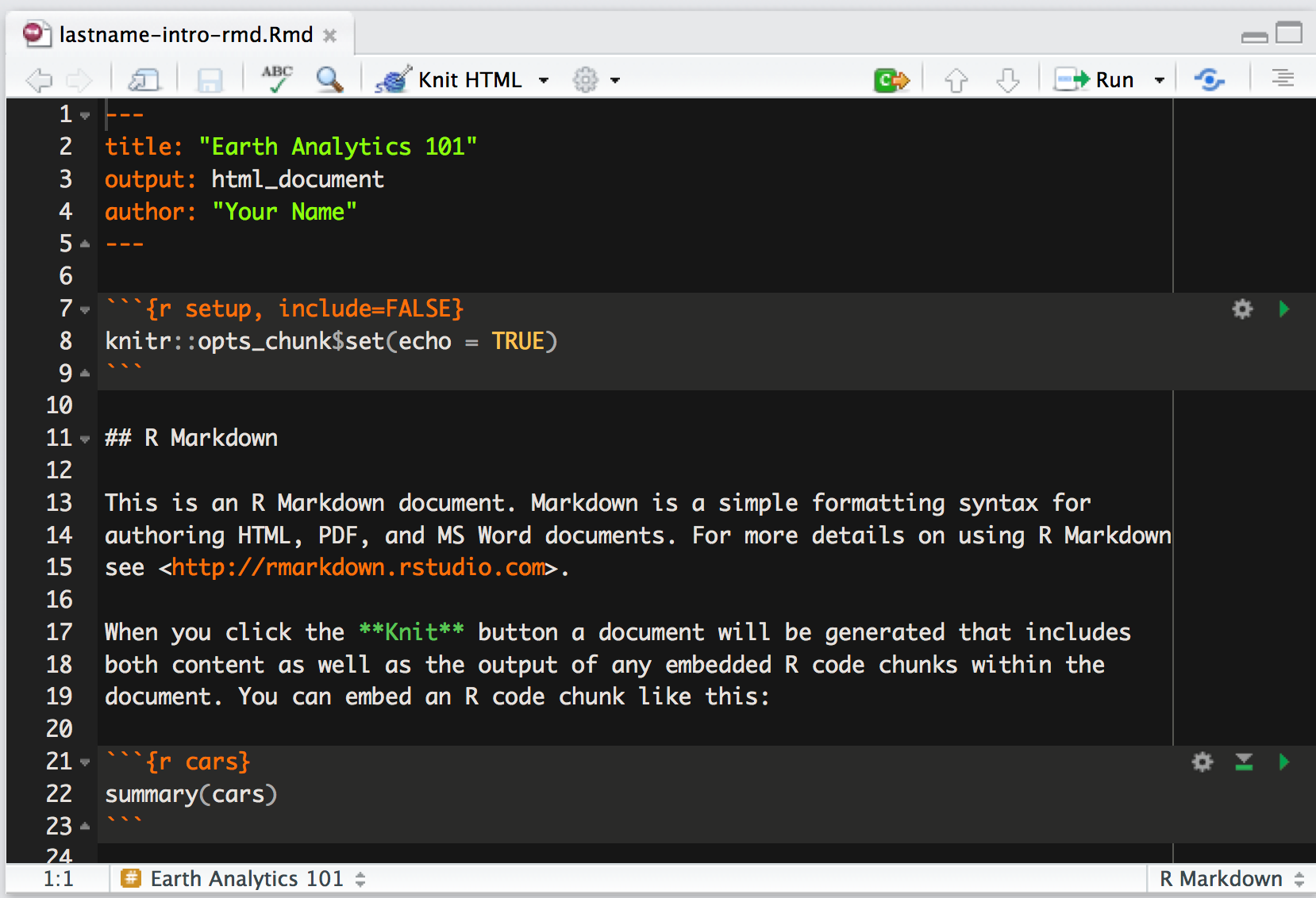

UFOCUS MARKDOWN CODE
I'll start with what you need to parse Markdown text into HTML using a simple library that lets you use Markdown easily in code and in your ASP.NET Core MVC Razor pages. In this article, I'll introduce a number of Markdown features that you can add to your ASP.NET Core applications. Putting Markdown to Work in Your Applications But Markdown extends much further than just documentation: You can also use it in your own applications to hold rich text content for things like product descriptions, interactive discussions, notes, and any other “memo” type of text that can benefit from a little bit of formatting to make it easier to read. Markdown is also getting more mainstream - you see Markdown cropping up in all sorts of document solutions these days and if you're building documentation of any kind, it's very likely that Markdown is part of that process.

So much so that I often find myself typing Markdown text in places where I wish it worked but doesn't - in emails, Skype text, or inputs on various websites. Once you start writing with Markdown, you'll want to use it everywhere. It's mostly logically flowing text with a little bit of markup. The reason Markdown has become so popular is that it's very simple and can be easily learned within a few minutes of reviewing the basics. Headers, text bolding, italics, underlines, links, and images, and slightly more complex structures like lists and tables, can all be expressed with very short and terse but easily remembered markup characters. Markdown has no support for layout features, but almost exclusively focuses on inline markup for text. Unlike WYSIWYG HTML editors that are usually difficult to write efficiently in due to their messy formatting and lagging performance, Markdown is only text and can be entered in a simple text box. Markdown has quickly become a widely used standard for documentation and Web-based extended text entry.Īlthough Markdown provides only a limited set of HTML features, it provides the most common features that are needed for most writing purposes. It's easy to compare and merge for change tracking using built in merge features in source control tools like Git, and it doesn't require a special editor create it - it's plain text and works with a textbox. Markdown All the Thingsīecause Markdown is text based, it's easy and very fast to write in. Most developer-related documentation you see online today, whether it's commercial documentation from companies like Microsoft, Google, and so on, or generic documentation solutions like ReadTheDocs or KavaDocs, they're all created and maintained with Markdown.
UFOCUS MARKDOWN SOFTWARE
If you're using Git and GitHub in particular, you're already using Markdown for formatting your README.md files and likely all other documentation-related documents that you write for your software development projects. It's creeping up in more and more places and has become a standard for documents that are shared and edited for documentation purposes on the Web. Notice how I define new symbols and to make things much simpler! Notice the key role that the alignment tab character & plays in telling LaTeX where to align the equations.Over the last few years, Markdown has become a ubiquitous text-entry model for HTML text.

$ $A_ $ $įor example, suppose you are proving that the sum of deviation scores is always equal to zero in any list of numbers.


 0 kommentar(er)
0 kommentar(er)
